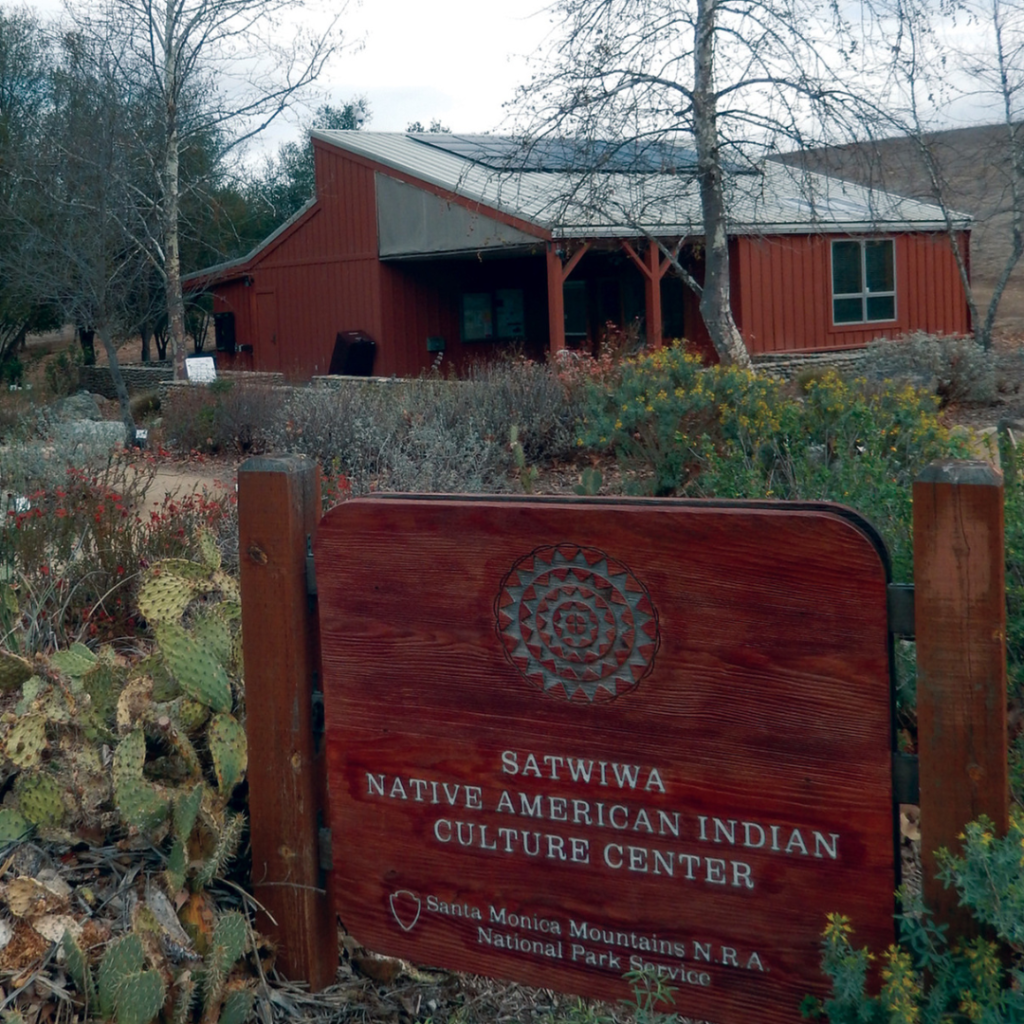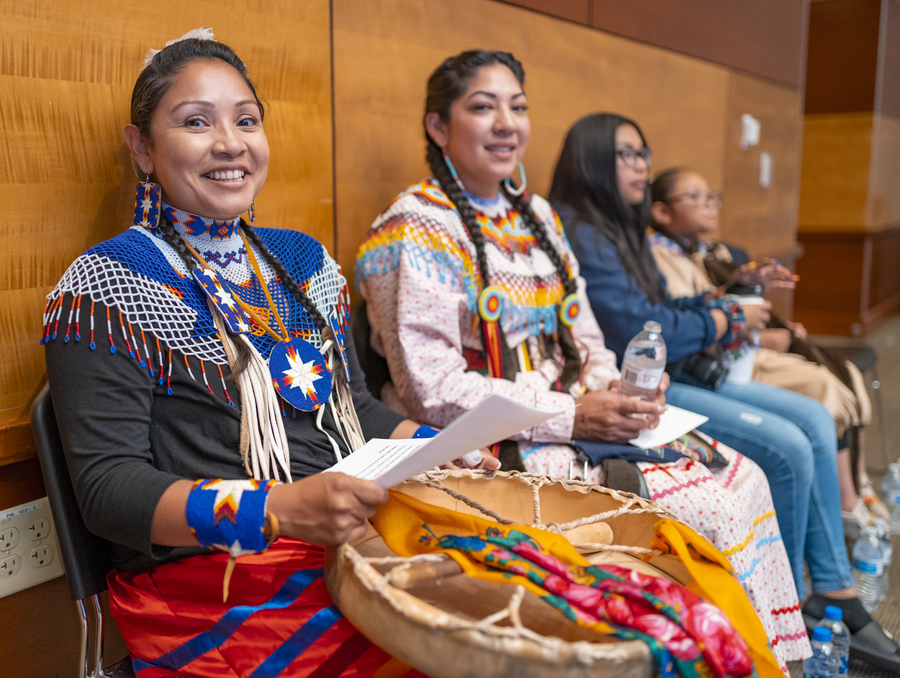
Volunteer Opportunities at Native American Cultural Centers: An In-Depth Exploration
Abstract
Native American cultural centers serve as vital institutions dedicated to the preservation, revitalization, and dissemination of Indigenous cultures, histories, and languages. Faced with often limited resources, these centers frequently rely on the invaluable contributions of volunteers to achieve their multifaceted missions. This article provides a comprehensive overview of the diverse volunteer opportunities available at Native American cultural centers, detailing the various roles, the requisite skills, and the profound ethical considerations inherent in such engagement. It aims to elucidate the symbiotic relationship between centers and volunteers, highlighting the mutual benefits and the critical role volunteerism plays in sustaining Indigenous cultural heritage for present and future generations.
1. Introduction: The Significance of Native American Cultural Centers
Native American cultural centers are more than mere museums or archives; they are dynamic hubs of cultural continuity, education, and community empowerment. Established and operated by Indigenous communities, these centers are designed to celebrate the rich diversity of Native American nations, foster intergenerational knowledge transfer, and challenge prevailing stereotypes. Their missions typically encompass:

- Cultural Preservation: Safeguarding tangible and intangible cultural heritage, including artifacts, languages, traditional arts, and oral histories.
- Education: Providing accurate and nuanced historical narratives, promoting understanding of contemporary Indigenous issues, and offering cultural competency training.
- Revitalization: Supporting efforts to revive endangered languages, traditional ceremonies, and artistic practices.
- Community Engagement: Serving as gathering places, facilitating community events, and supporting Indigenous artists and scholars.
- Advocacy: Raising awareness about Indigenous rights, sovereignty, and environmental stewardship.
Due to their community-centric, non-profit nature, many of these centers operate with lean staffs and constrained budgets. Consequently, volunteer support becomes an indispensable component of their operational capacity and programmatic success, offering a unique avenue for individuals to contribute meaningfully to cultural revitalization and social justice.
2. The Imperative for Volunteer Engagement

Volunteers at Native American cultural centers contribute to a cause that transcends typical community service. Their efforts directly impact the ability of Indigenous communities to maintain their distinct identities, educate the broader public, and heal from historical traumas. The imperative for volunteer engagement stems from several key factors:
- Resource Augmentation: Volunteers provide crucial human resources, enabling centers to undertake projects and initiatives that would otherwise be infeasible due to staffing or financial limitations.
- Skill Diversification: Volunteers bring a wide array of professional skills and perspectives, enriching the center’s capacity in areas such as archival management, educational design, marketing, and technology.
- Community Building: Volunteer programs foster a sense of shared purpose and create bridges between Indigenous communities and the wider public, promoting mutual respect and understanding.
- Intergenerational Knowledge Transfer: Volunteers can assist in documenting and digitizing oral histories, traditional knowledge, and linguistic resources, ensuring their accessibility for future generations.
3. Diverse Avenues for Volunteer Contribution
Volunteer opportunities at Native American cultural centers are remarkably varied, catering to a broad spectrum of interests, skill sets, and time commitments. These roles often blur the lines between traditional museum work, community organizing, and cultural education.
3.1. Collections Management and Archival Support
Centers often house extensive collections of artifacts, documents, photographs, and oral histories. Volunteers with an interest in history, anthropology, or library sciences can provide critical support in:
- Cataloging and Inventory: Documenting new acquisitions, updating existing records, and ensuring accurate descriptive information for artifacts and archival materials. This often involves using specialized database software.
- Conservation and Preservation: Assisting with the proper handling, storage, and rehousing of sensitive materials, potentially including environmental monitoring and basic preservation treatments under supervision.
- Digitization Projects: Scanning historical documents, photographs, and audio/visual recordings to create digital archives, enhancing accessibility and ensuring long-term preservation.
- Research Assistance: Helping researchers locate specific materials, compiling bibliographies, or conducting background research for exhibits and publications.
3.2. Educational Programming and Outreach
Education is a cornerstone of Native American cultural centers, aimed at both Indigenous youth and the general public. Volunteers play a pivotal role in delivering and developing these programs:
- Docent and Tour Guides: Leading guided tours for visitors of all ages, interpreting exhibits, and sharing factual and culturally sensitive information about Native American histories and contemporary life.
- Workshop Facilitation: Assisting with or leading hands-on workshops focused on traditional arts (e.g., basket weaving, pottery, beading), storytelling, or language learning.
- Curriculum Development: Collaborating with staff to create educational materials, lesson plans, and activity guides for K-12 students or adult learners.
- School Group Coordination: Helping to organize and manage visits from school groups, ensuring a smooth and enriching experience.
- Community Outreach: Representing the center at community events, festivals, or schools to promote programs and foster engagement.
3.3. Cultural Preservation and Revitalization
Many centers are actively engaged in efforts to revitalize endangered languages, traditional arts, and ceremonial practices. Volunteers with specific skills or a passion for these areas can contribute significantly:
- Language Revitalization: Assisting with language classes, transcribing oral histories, developing teaching materials, or participating in language immersion programs.
- Traditional Arts Support: Aiding Indigenous artists in preparing materials, organizing workshops, or documenting traditional techniques.
- Oral History Projects: Conducting interviews (under supervision and with cultural guidance), transcribing recordings, and ensuring the respectful archiving of personal narratives.
- Gardening and Land Stewardship: Assisting with the maintenance of traditional gardens, ethnobotanical displays, or sacred spaces, often involving knowledge of Indigenous plants and sustainable practices.
3.4. Visitor Services and Operations
The day-to-day functioning of a cultural center relies on efficient visitor services and operational support. These roles are often the public face of the institution:
- Front Desk and Reception: Greeting visitors, providing information, answering phones, and managing admission or gift shop sales.
- Gift Shop Management: Assisting with inventory, display, sales, and ensuring the ethical sourcing of Indigenous-made products.
- Event Support: Helping with event setup, registration, ushering, and breakdown for cultural festivals, lectures, performances, and ceremonies.
- Administrative Support: Assisting with general office tasks, data entry, mailings, and volunteer coordination.
3.5. Marketing, Communications, and Development
To thrive, cultural centers need effective communication and robust fundraising. Volunteers with expertise in these areas are highly valued:
- Social Media Management: Creating engaging content, managing social media platforms, and promoting events and initiatives.
- Website Design and Maintenance: Assisting with updating website content, improving user experience, or designing new features.
- Graphic Design: Creating promotional materials such as flyers, brochures, exhibition signage, and advertisements.
- Grant Writing and Fundraising: Researching funding opportunities, assisting with grant proposals, or helping organize fundraising events.
- Public Relations: Drafting press releases, cultivating media contacts, and assisting with media outreach.
3.6. Specialized Skills and Project-Based Roles
Beyond the regular roles, centers often have specific project needs that call for specialized skills:
- Information Technology (IT) Support: Assisting with network maintenance, software installation, troubleshooting, or database management.
- Photography and Videography: Documenting events, exhibits, and community activities for archival and promotional purposes.
- Exhibition Design and Installation: Assisting with the planning, fabrication, and installation of exhibits.
- Facilities Maintenance: Contributing skills in carpentry, painting, landscaping, or general repairs to maintain the center’s physical infrastructure.
4. Ethical Considerations and Best Practices for Volunteers
Volunteering at a Native American cultural center requires a heightened level of cultural sensitivity, respect, and awareness. It is paramount that volunteers approach their roles with humility and a genuine desire to learn and support Indigenous self-determination.
- Cultural Competency and Sensitivity: Volunteers must be willing to learn about the specific tribal nation(s) served by the center, including their histories, traditions, protocols, and contemporary issues. This involves active listening, asking respectful questions, and avoiding assumptions.
- Respect for Sovereignty and Indigenous Knowledge: Recognize and respect the inherent sovereignty of Native American nations and the proprietary nature of Indigenous knowledge. Volunteers are guests and partners, not experts dictating cultural practices.
- Humility and Decentering Self: The volunteer’s role is to support the center’s mission as defined by its Indigenous leadership. Personal agendas or savior complexes are inappropriate and counterproductive.
- Confidentiality: Many aspects of Indigenous culture, especially ceremonial practices or personal histories, are sacred or private. Volunteers must adhere strictly to confidentiality guidelines and respect boundaries set by the center and community members.
- Commitment and Reliability: Consistent and reliable volunteer engagement is crucial. Short-term, sporadic involvement can be disruptive. A sustained commitment demonstrates respect and builds trust.
- Avoiding Cultural Appropriation: Volunteers must be mindful not to appropriate Indigenous cultural elements (e.g., designs, language, spiritual practices) for personal gain or without proper authorization and understanding.
- Active Learning and Unlearning: Be prepared to challenge preconceived notions about Native Americans and actively engage in an ongoing process of learning from Indigenous perspectives.
5. The Application Process and What to Expect
Finding volunteer opportunities typically involves:
- Direct Contact: Reaching out to Native American cultural centers directly via their websites, phone, or email. Many centers list volunteer opportunities on their "Support Us" or "Get Involved" pages.
- Volunteer Matching Platforms: Some centers may list opportunities on broader volunteer recruitment websites or local community service directories.
- Networking: Attending public events at centers can be a good way to meet staff and learn about needs.
Once an opportunity is identified, the process usually involves:
- Application Form: Submitting an application detailing skills, experience, and interests.
- Interview: A discussion with staff to assess suitability, mutual expectations, and cultural fit.
- Background Check: Many centers, especially those working with children or vulnerable collections, require background checks.
- Orientation and Training: Comprehensive training sessions on the center’s mission, history, protocols, specific tasks, and ethical guidelines.
- Mentorship: Volunteers often work under the guidance of experienced staff members or senior volunteers.
6. The Profound Impact of Volunteerism
The impact of volunteerism at Native American cultural centers is far-reaching and deeply significant. For the centers, it means enhanced capacity to preserve and share invaluable heritage, stronger community ties, and a broader reach for their educational initiatives. For the volunteers, it offers:
- Deep Cultural Immersion: A unique opportunity to learn directly from Indigenous peoples, fostering a profound understanding of diverse cultures and histories.
- Skill Development: Gaining practical experience in museum studies, education, archival work, community development, and more.
- Meaningful Contribution: The satisfaction of contributing to a cause of immense cultural and social importance.
- Personal Growth: Developing greater cultural competency, empathy, and a broadened worldview.
- Community Connection: Building relationships with Indigenous communities and other dedicated individuals.
Conclusion
Volunteer opportunities at Native American cultural centers offer a powerful avenue for individuals to engage in meaningful service, contribute to cultural preservation, and foster cross-cultural understanding. These roles are not merely tasks; they are invitations to participate in a vital mission of heritage stewardship and cultural revitalization. By approaching these opportunities with respect, humility, and a genuine commitment to learning, volunteers can forge enduring connections and make invaluable contributions to the resilience and vibrancy of Native American nations, ensuring their rich legacies continue to thrive for generations to come.


